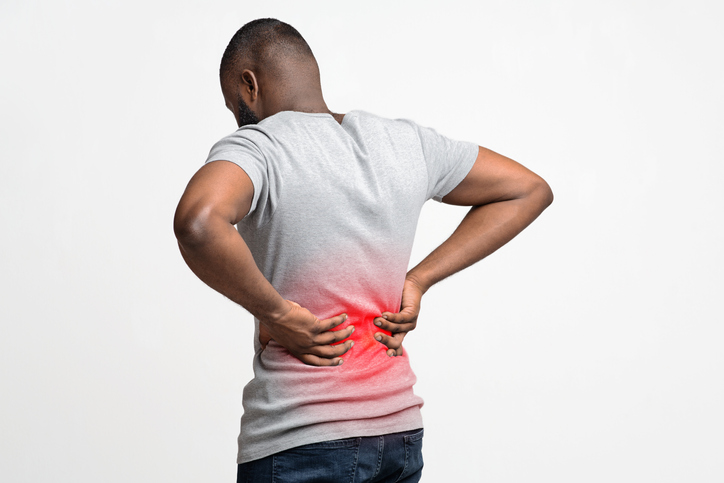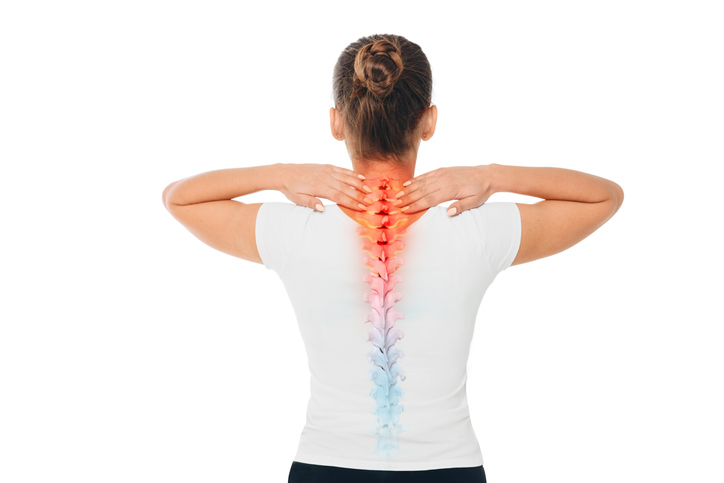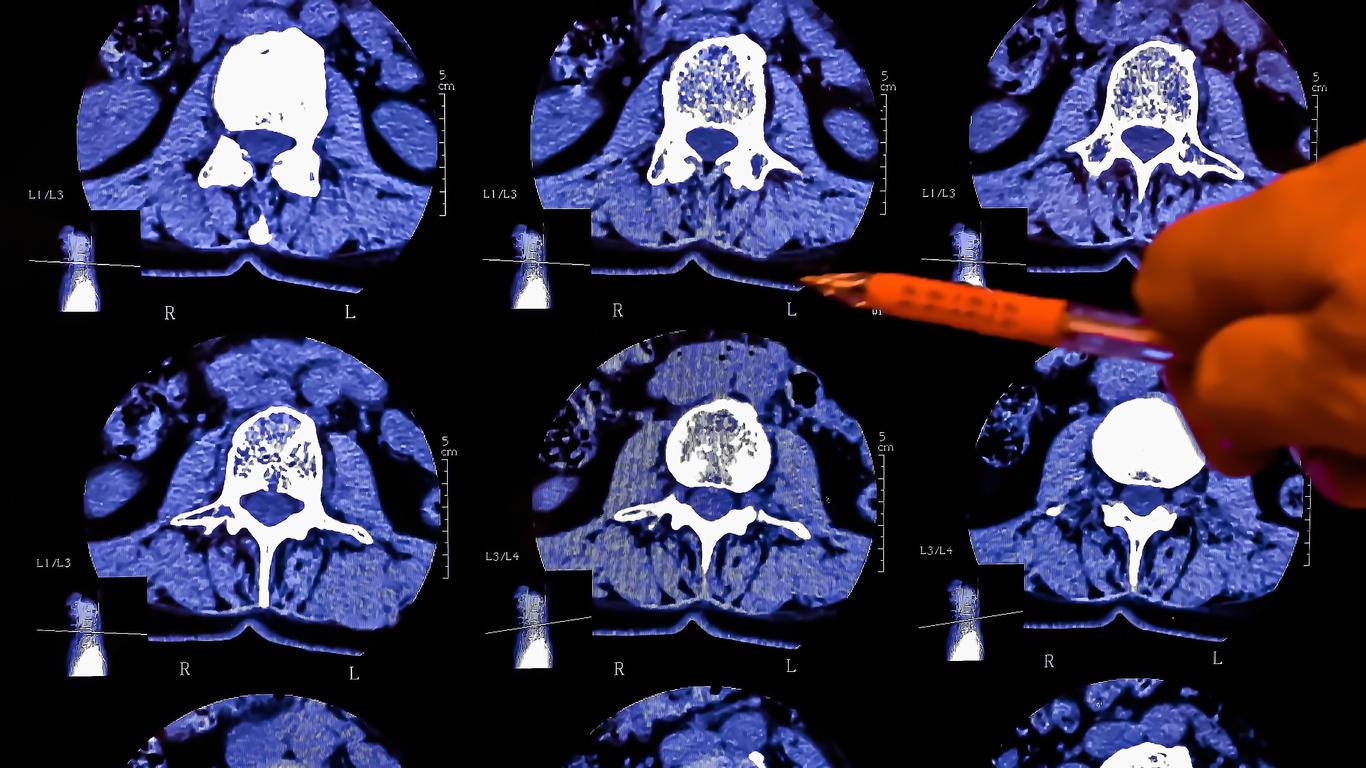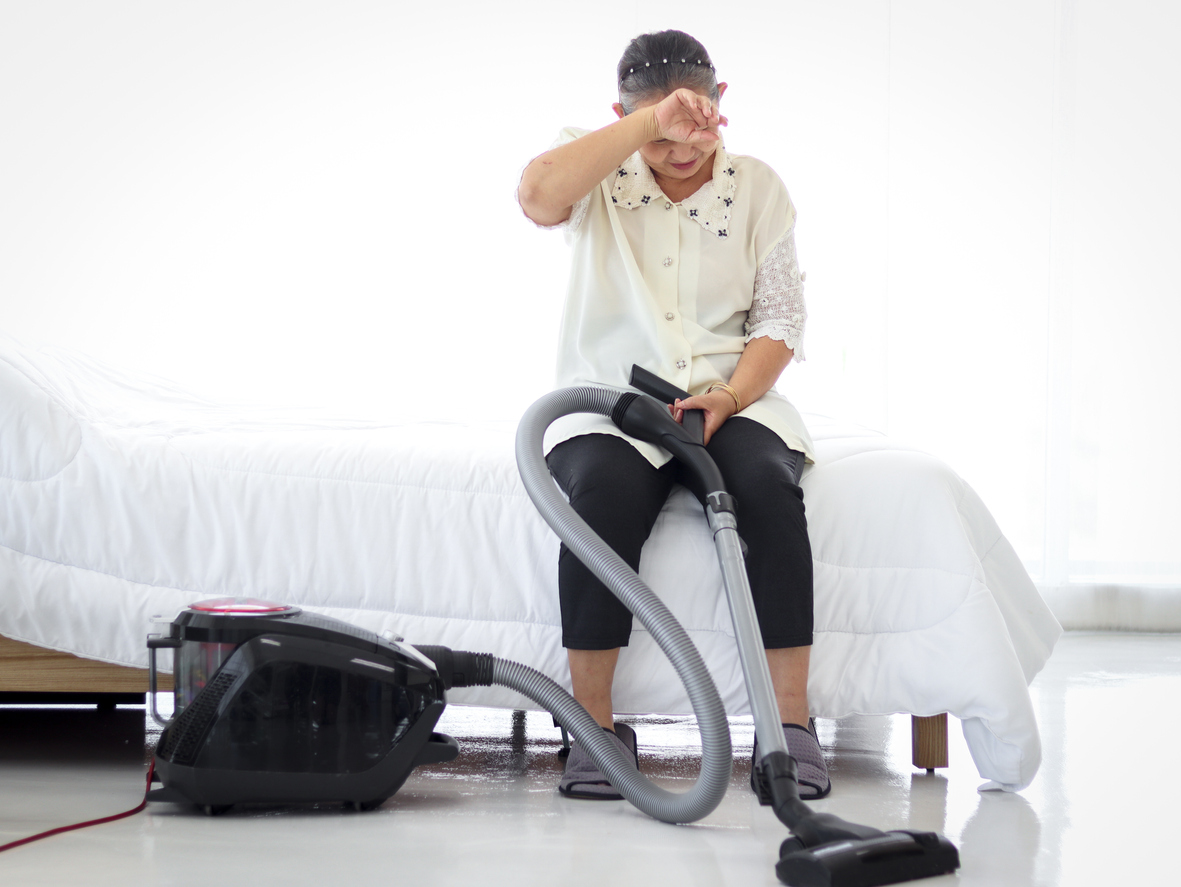Pain
Conventional Medical Treatment Options for Degenerative Disc Disease (DDD)

What is degenerative disc disease?
Degenerative disc disease (DDD) is a condition of the spine, in which one or more of the discs between the vertebrae, also known as intervertebral discs, cause neck or back pain. Intervertebral discs are the cushions between the vertebrae; they keep the back pliable and enable the body to bend, twist, and carry weight. Intervertebral discs are mainly composed of water, and as a person ages, the discs dry out, lose their flexibility, elasticity, and the ability to absorb shock. When this causes pain, it is referred to as degenerative disc disease. DDD is a progressive condition; the main treatment goals are to manage pain and prevent further damage.
Treatment options
In addition to at-home treatment options and complementary and alternative treatments for degenerative disc disease, various conventional medical treatments are also available.
Prescription medications
Medications can be prescribed to reduce pain and inflammation. Options include pain medications, anti-inflammatory medications, muscle relaxants, antidepressants and sleep aids.
Physical therapy
The goal of physiotherapy is to help reduce pain, strengthen back muscles, and increase flexibility through the use of stretches and other exercises. Physiotherapists may also incorporate therapies, such as transcutaneous electrical nerve stimulation (TENS) or therapeutic ultrasound to help with the pain.
Injections
Injections deliver medication directly to the area around the affected disc. Two types of injections are generally used for degenerative disc disease: epidural steroid injections and facet joint injections (facet blocks). An epidural steroid injection involves injecting a corticosteroid into the epidural space to reduce inflammation of the spinal nerve roots. A facet joint injection involves injecting an anesthetic and corticosteroid into the capsule of the facet joint to reduce pain and inflammation.
Surgery
Surgery for degenerative disc disease is usually not required. However, if other treatments have not been successful for at least 6 months, disc degeneration is present in just one or two discs, or a spinal surgeon recommends it, surgery may be a viable option. The three main types of surgery that are performed for degenerative disc disease include the following:
- Decompression surgery involves removing tissue that is putting pressure or pressing on a nerve.
- Stabilization surgery or a fusion involves fusing two or more vertebrae together.
- Artificial disc replacement or intervertebral disc arthroplasty involves removing a degenerated disc and replacing it with an artificial disc.
Warning: If severe lower back pain, weakness in the legs, pain traveling down the legs to the feet, or bladder or bowel incontinence occur, emergency medical attention is required. These symptoms could indicate cauda equina syndrome, a serious disorder that requires immediate intervention.


















